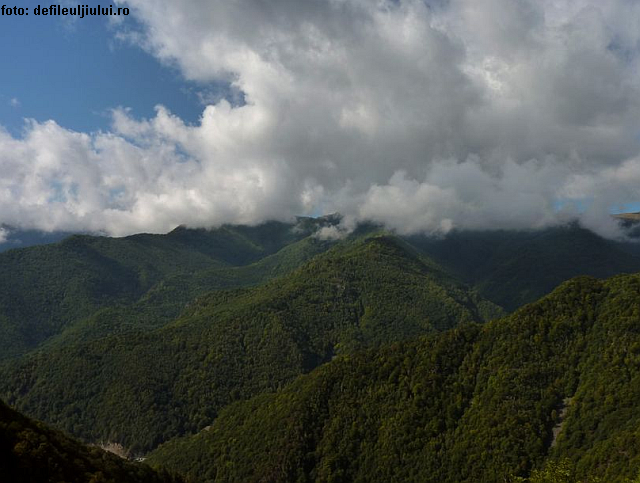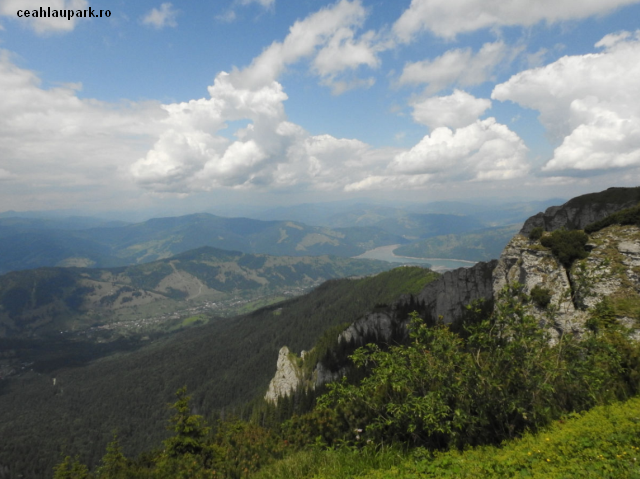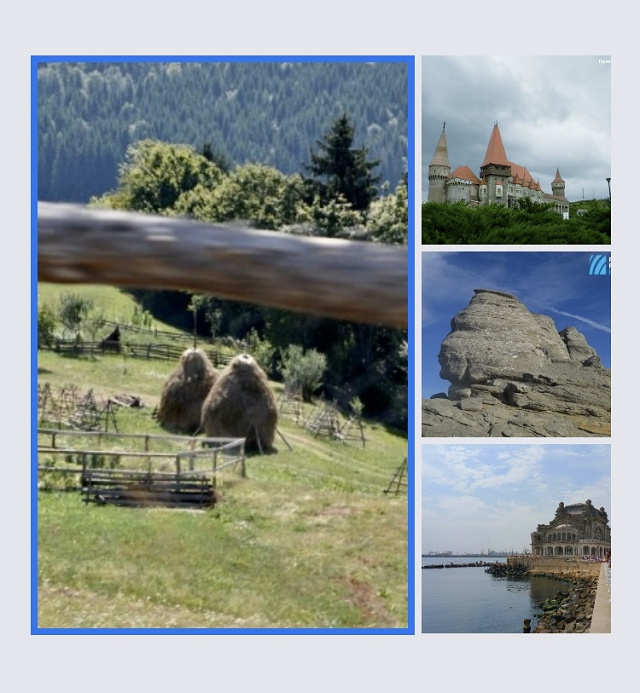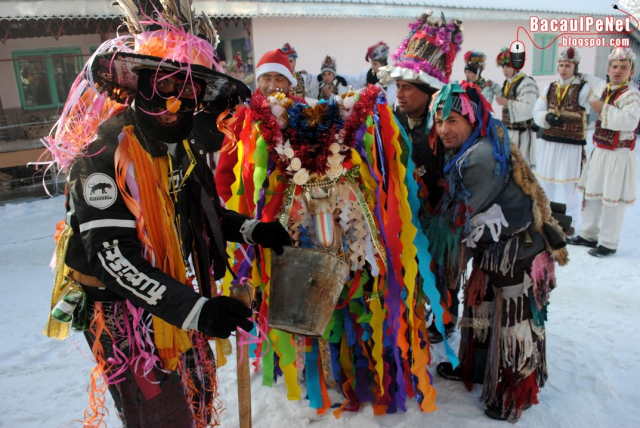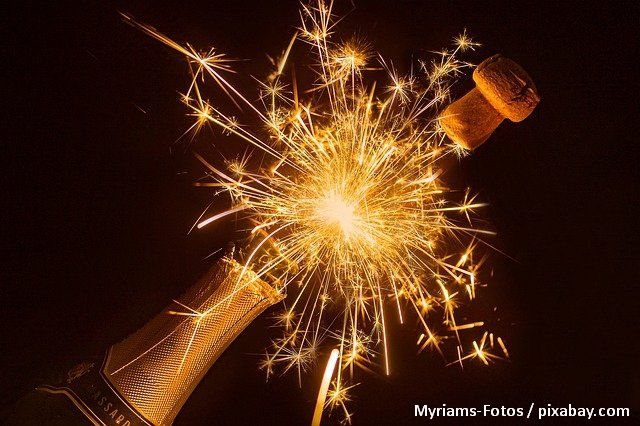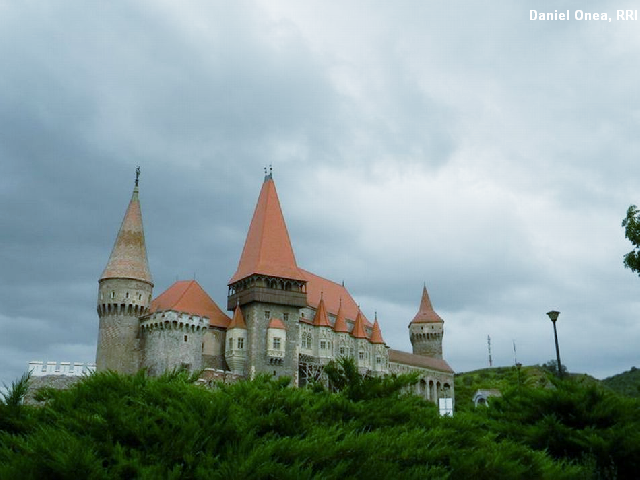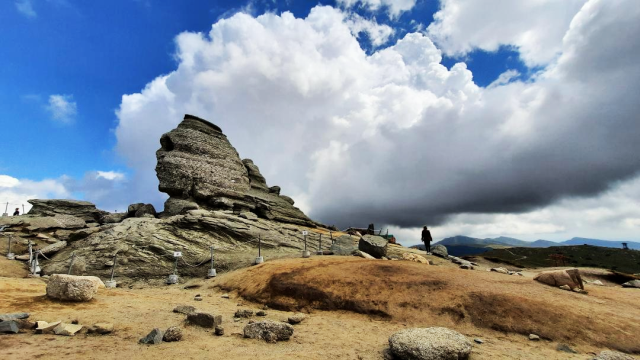Situated in the southwest of Romania, the Jiu Gorges National Park is remarkable among national parks in Romania due to minimal human intervention in nature. The wilderness here is what impresses all tourists who arrive here. Because it has not had the benefit of intense promotion, the number of visitors is small, but they are rewarded by fairy tale scenery and a few very interesting thematic trails.
Marin Serban, director of the Jiu Gorges National Park administration, talked to us about it:
“Even though the Jiu Gorges railway line is a human imprint, it is integrated in the scenery, and makes it unique. It is a beautiful pathway for tourists. Our special invitation is to take up some of the thematic and tourist circuits inside the park. This brings you closer to nature, and develops the passion for it. Our park has a surface of almost 11,000 ha. Since its inception, human activity has been reduced to a minimum. These lands are not often tread upon, the relief is always up and down, but you can take some paths to points that offer beautiful views.”
There are three thematic circuits in the park, as Marin Serban told us:
“They are called Jiu Gorges and its treasure, Tales of the forest, and The Lainic Sphynx. The treasure circuit is longer, but relatively easier to navigate, and has beautiful views. It takes you to the Braicului Crest, with a spectacular view of the Parang Mountains. The Tales of the forest circuit is aimed mainly at students, whom we work a lot with. There we present the history of the place, and and what we do as the park administration. The Sphynx circuit is recently set up, and is the highlight of this natural monument. It is also easy, it can be finished in three hours. You can find all this information on our website, defileuljiului.ro. There are descriptions, and the trails are in formats that can be downloaded on mobile devices. They can be traveled at any time of the year, and necessitate minimal equipment, because we are still in the mountains. In terms of fauna, we boast adders and bears. Even though so far weve had zero incidents, we recommend tourists to proceed with caution.”
There is a visitor center for Jiu Gorges National Park, built relatively recently, which is in the town of Bumbesti-Jiu. To help one reach it, panels have been installed, and the website has the address, so it is easy to find for everyone. Here is Marin Serban, heading the park administration:
“This is a modern visitor center, with local specificity. We have qualified personnel that can provide you with any kind of information about the park, or the administration activities. Visiting hours are between 9:00 and 15:00, Monday through Friday. However, in the summer season, if the influx of tourists is higher, as it has been, we can extend the schedule, and keep the center open over the weekend. The visitor center is the gateway to the national park. Here we can see a scale model, a very large scale, showcasing the entire park, and highlighting places to visit. We can also provide guides for groups of tourists, we have the qualified staff for that.”
Guides are available in English, French, German, and Hungarian. We asked Marin Serban what the reaction has been from foreign tourists:
“They were delighted to see the simplicity of the scenery. They were glad to have very close to them, in Europe, such wild places. For instance, we were visited by a gentleman who told us he was from Australia. He told us that he heard we have here wild adders roaming free, and that he had come here to see them in their habitat. Another time, we had some students from the Netherlands who came here for internship, to study the species of snake. We could point them out as soon as they got out of the car, explaining to them that they are free and unmolested by man.”
The Jiu Gorges National Park is known all over the world as a great place for rafting. During the season for this sport, operators from all over the country bring people here, the river is great for this activity. Here is Marin Serban:
“In order to help visitors, we put up signs marking the rafting sectors, building a small tower and small rain shelters, for the people who reach the camping area in Lainici. We would also want to refurbish the visitor center, emphasizing interactivity, so that tourists can feel in touch with nature starting there. We also want to create another thematic circuit with emphasis on the fauna in the gorges. In addition, we are already in touch with cyclists, and we want to create two bike trails to emphasize the historical and cultural side of the Jiu Gorges National Park, which could also be used by families.”
If there is a biking and rafting season, the circuits in the park are open year round. Our trip doesnt stop here. Next week we will be visiting the Semenic Cheile-Carasului National Park, which consists of 65,000 ha of virgin and ancient forests, which in 2016 became part of UNESCO heritage. Also here you will be able to see a rare sequoia exemplar, which has a circumference of 5.7 m, and whose age is estimated to be 200 years.
